SEARCH






|
|
|
|


by Editor Wicher Bos
Published by Head Editor Yvette Depaepe, the 8th of September 2021
In my series of ‘poems as a canvas’ the wonderful poem "Urban" by Nissim Ezekiel ([1] 'URBAN' ... a poem illustrated (1x.com) gave an inspiring canvas.
This time we will contrast it by another great poem
‘THE LAKE ISLE OF INNISFREE'
by William Butler Yeats
I will arise and go now, and go to Innisfree,
And a small cabin build there, of clay and wattles made;
Nine bean-rows will I have there, a hive for the honey-bee,
And live alone in the bee-loud glade.
And I shall have some peace there, for peace comes dropping slow,
Dropping from the veils of the morning to where the cricket sings;
There midnight’s all a glimmer, and noon a purple glow,
And evening full of the linnet’s wings.
I will arise and go now, for always night and day
I hear lake water lapping with low sounds by the shore;
While I stand on the roadway, or on the pavements grey,
I hear it in the deep heart’s core.
A brief introduction to the poet and poem:
William Butler Yeats (1865-1939) was one of the great intellectual figures of the 20th century. Born in Dublin, the poet and dramatist played an active role in his country’s political and cultural history, serving as a senator of the Irish Free State and leading the Irish Literary Revival. He to won the Nobel Prize in 1923, “for his always inspired poetry, which in a highly artistic form gives expression to the spirit of a whole nation”
The poem was written in 1888 and published in 1890. It is seen as one of the last romantic poems, and influenced by the Pre-Raphaelite movement ideas.
The poet Yeats himself said about this little gem:
“I am going to begin with a poem of mine called ‘The Lake Isle of Innisfree” because if you know anything about me you will expect me to begin with it. It is the only poem of mine which is very widely known. When I was a young lad in the town of Sligo, I read Thoreau’s essays and wanted to live in a hut on an island in Lough Gill called Innisfree, which means ‘Heather Island.’ I wrote the poem in London when I was about twenty-three. One day in The Strand I heard a little tinkle of water and saw in a shop window a little jet of water balancing a ball on the top. It was an advertisement, I think, for [of?] cooling drinks. But it set me thinking of Sligo and lake water. I think there is only one obscurity in the poem. I speak of noon as a ’purple glow.’ I must have meant by that the reflection of heather in the water.”
Some say this poem is showing how powerful memory is. Just a sound triggers feelings about a long gone past. Others say it represents the longing of an immigrant away from his homeland. It also contrasts the quietness of a rural environment with an busy urban city life.
The poem is very much about the sound of words too. Unfortunately, that is hard to get across here.
So, we will try to get closer to the poem using my personal choice of photos... feel free to disagree and find better fitting ones, the journey will become so much more intense if you try...
I will arise and go now, and go to Innisfree,
And a small cabin build there, of clay and wattles made;
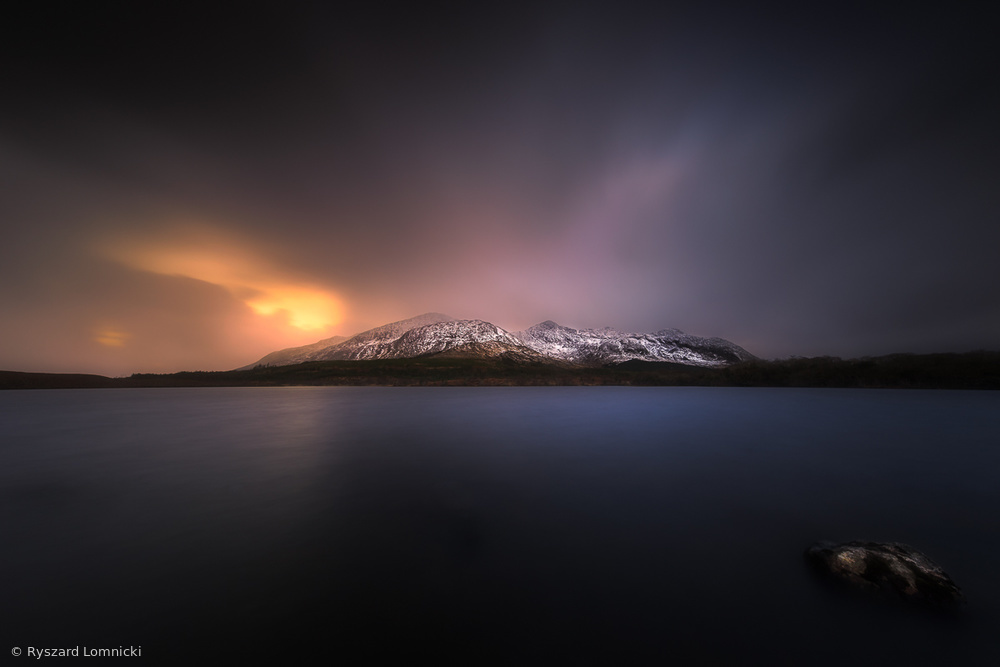
'Lough Inagh' by Ryszard Lomnicki
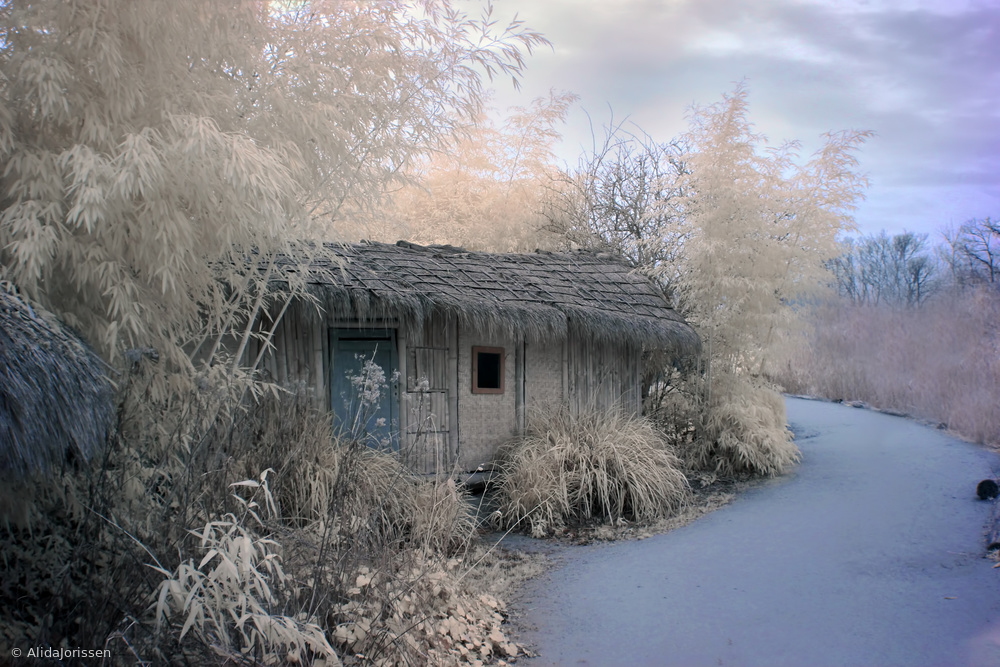
'Frosty Cabin' by Alida Jorissen
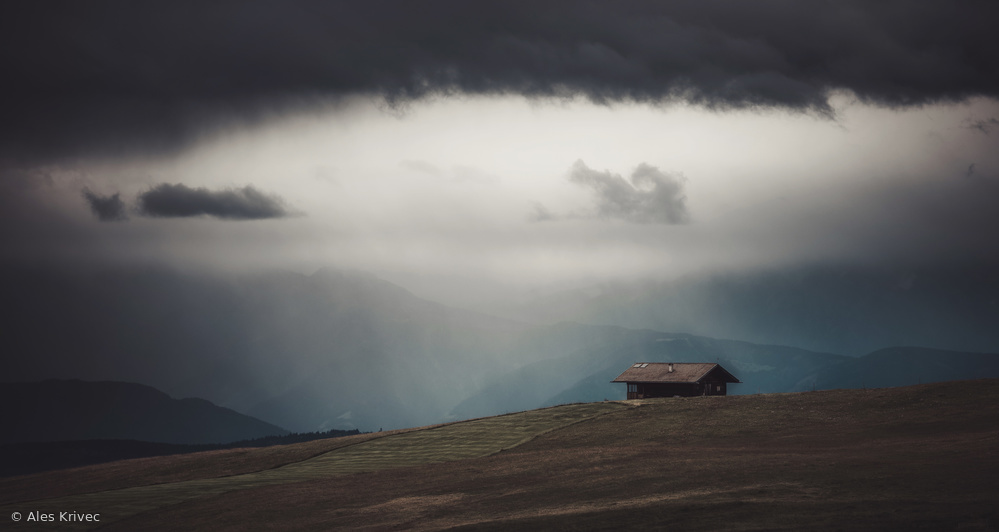
'Lonely cottage' by Ales Krivec
Nine bean-rows will I have there, a hive for the honey-bee,
And live alone in the bee-loud glade.
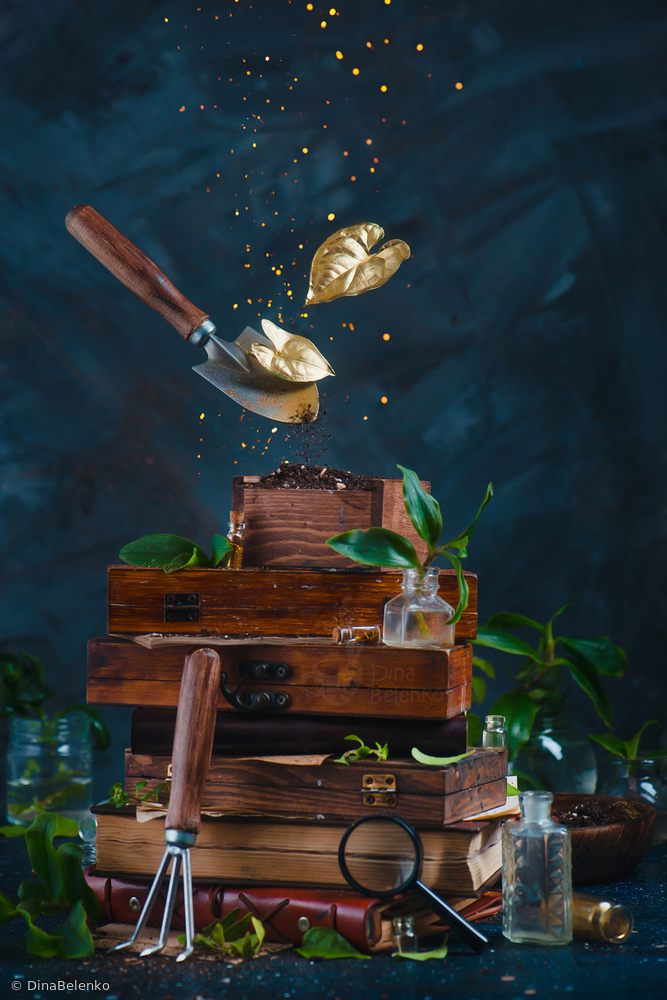
'Box full of Spring' by Dina Belenko
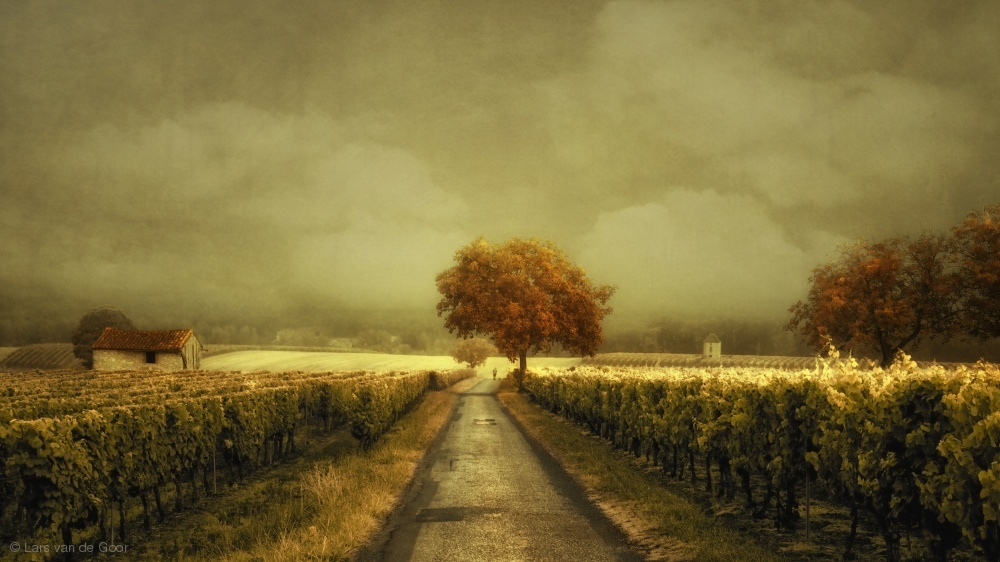
'Through the Vineyard' by Lars van de Goor
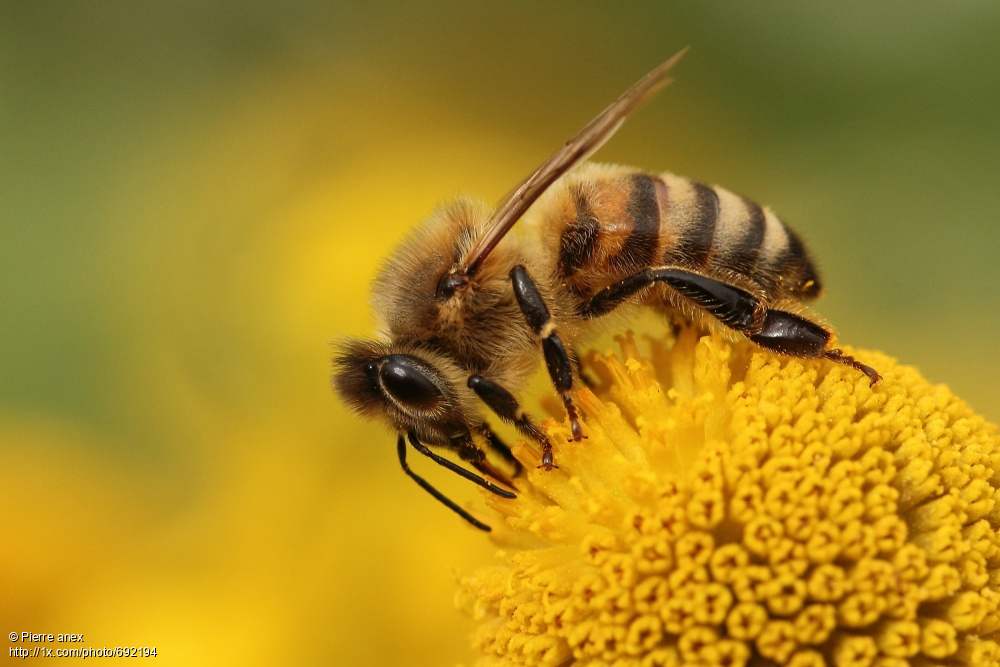 'Profile...' by Pierre anex
'Profile...' by Pierre anex

'Me In Many Ways' Martin Marcisovsky
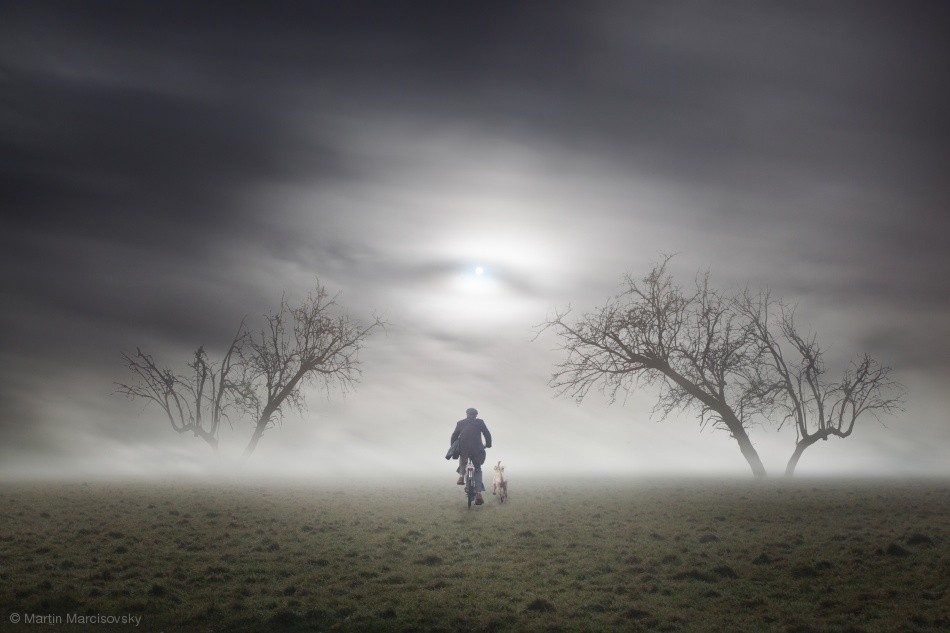
'The No Man Land' by Martin Marcisovsky
And I shall have some peace there, for peace comes dropping slow,
Dropping from the veils of the morning to where the cricket sings;
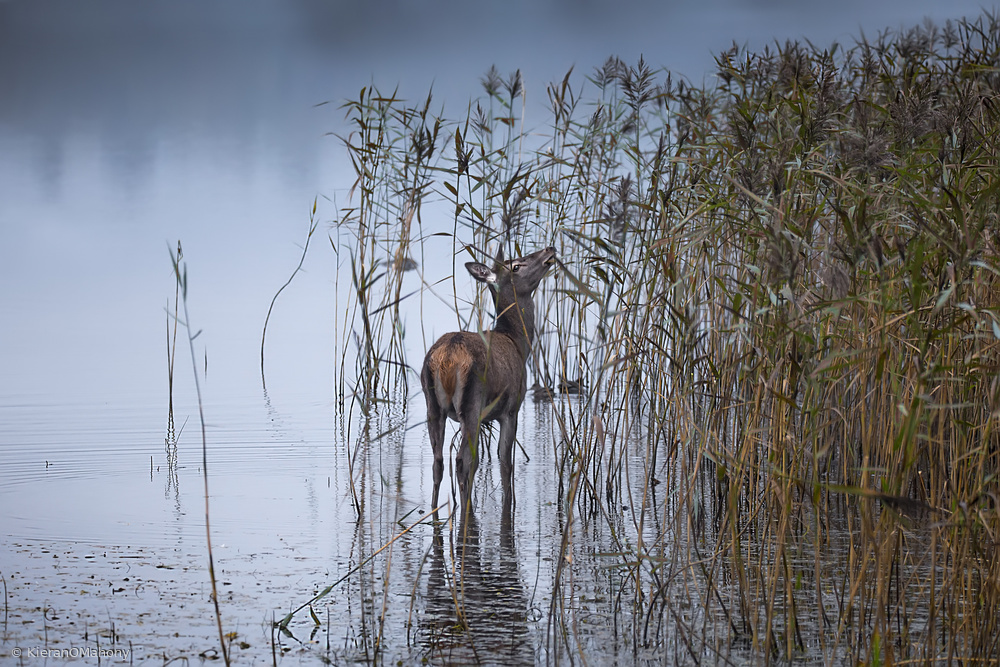
The Leaf Eater' by Kieran O Mahony
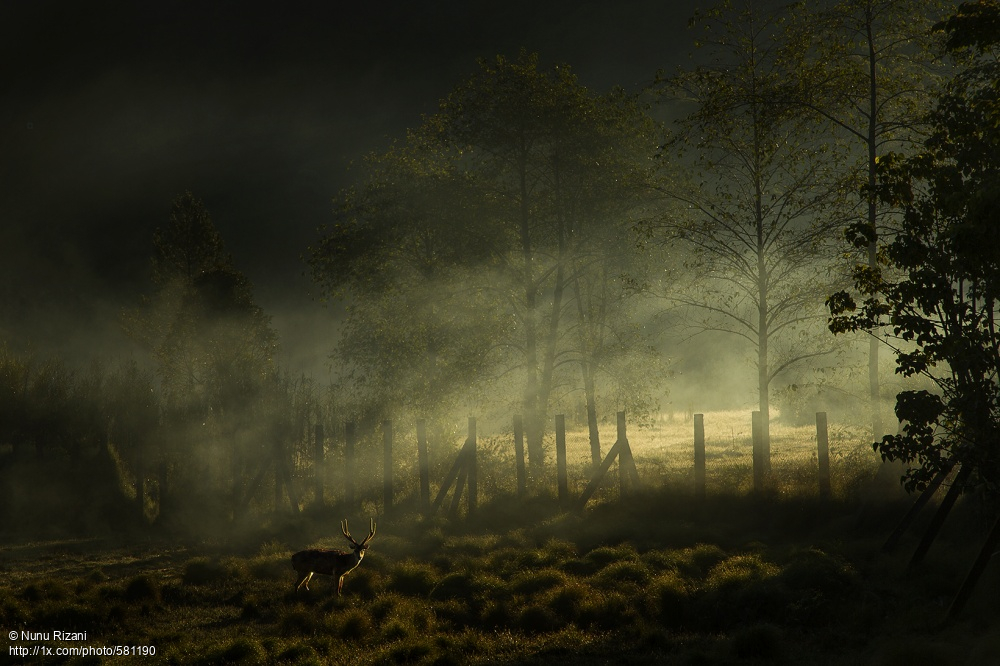 'Misty Morning' by Nunu Rizani
'Misty Morning' by Nunu Rizani
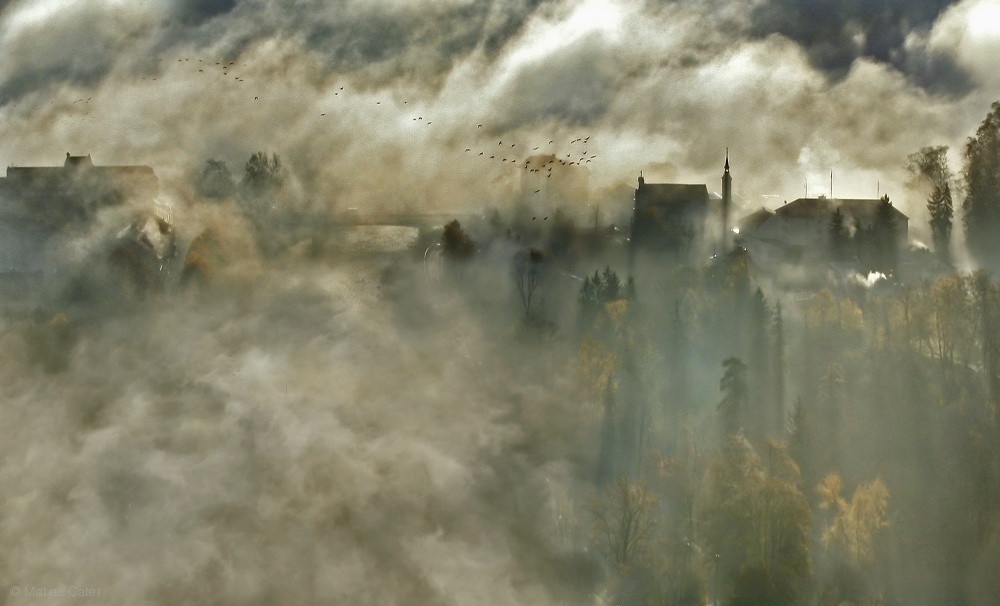
'Over the bridge' by Matjaz Cater
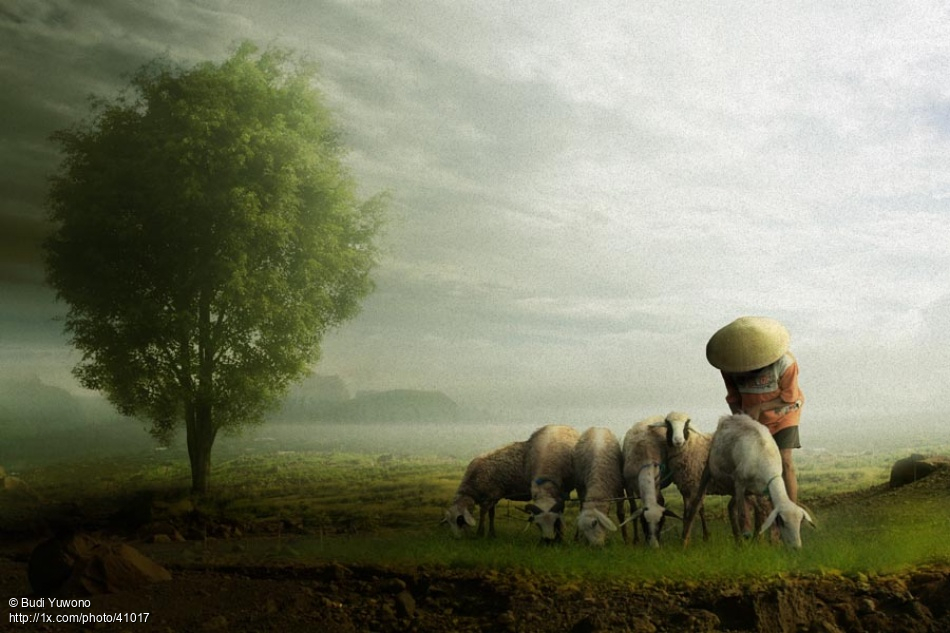 'peaceful land' by Budi Yuwono
'peaceful land' by Budi Yuwono
There midnight’s all a glimmer, and noon a purple glow,
And evening full of the linnet’s wings.
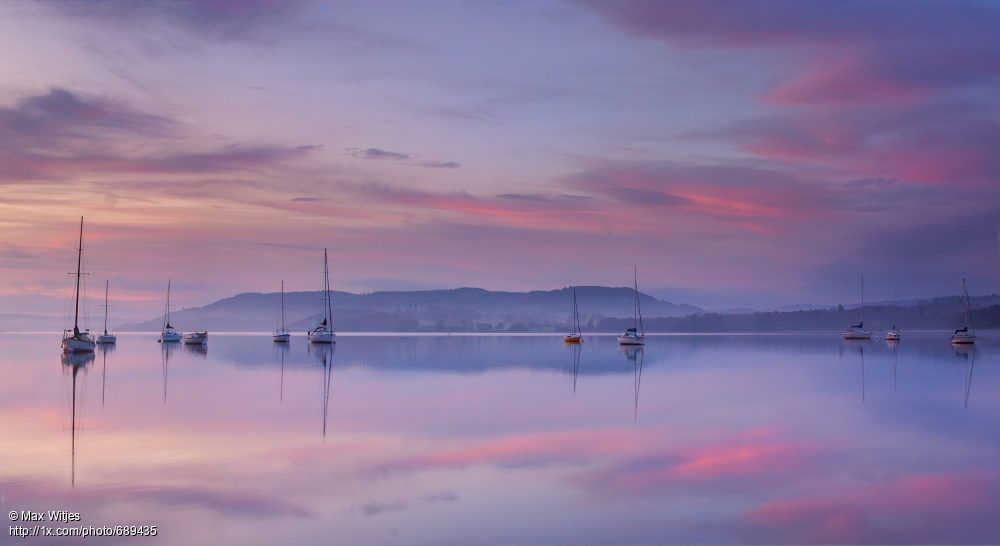 'Morning Mood' by Max Witjes
'Morning Mood' by Max Witjes
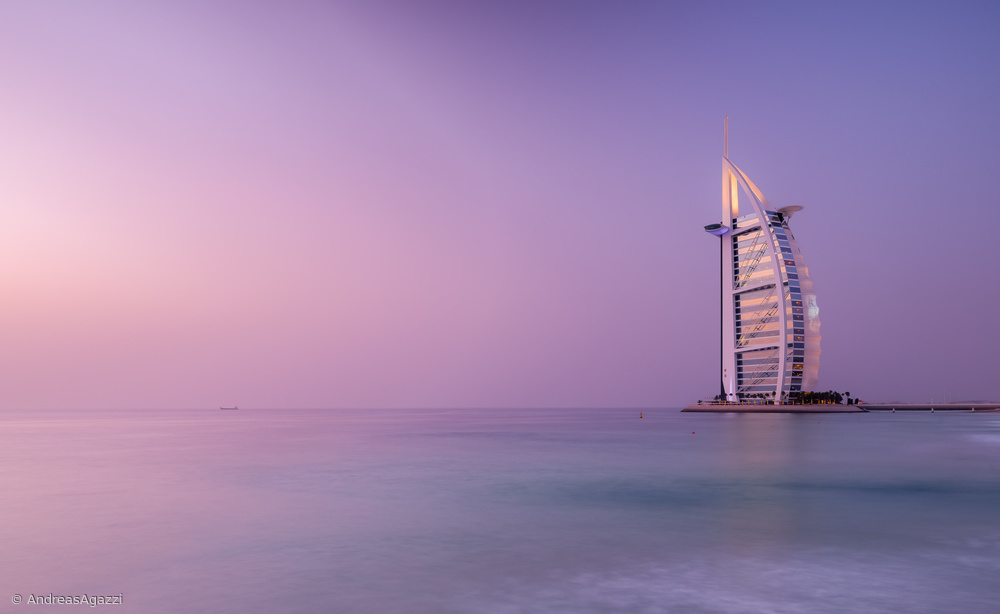
'The Iconic Seven' by Andreas Agazzi
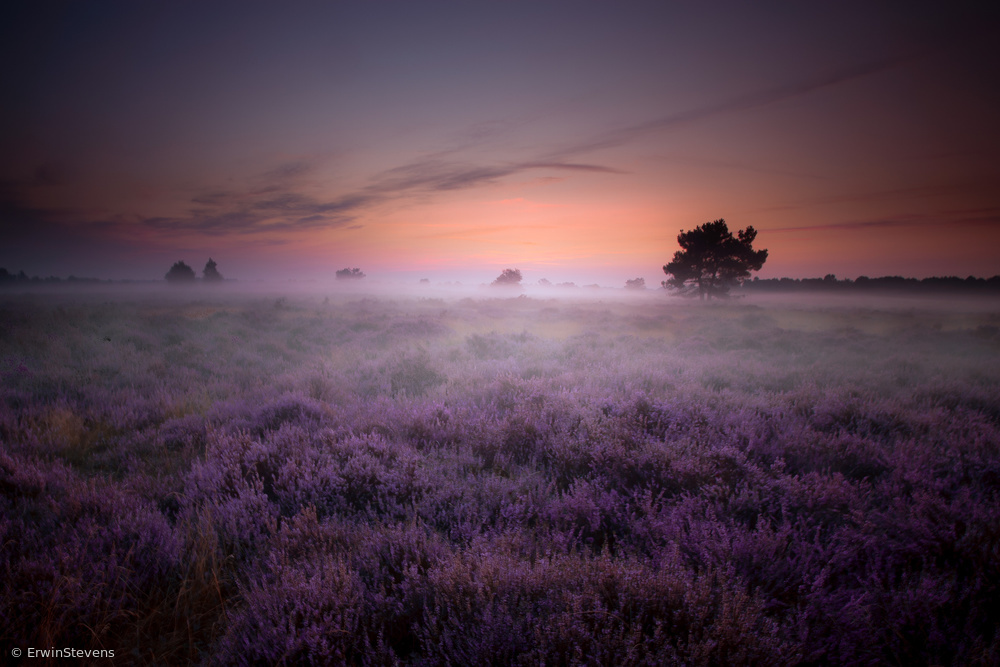
'Purple autumn' by Erwin Stevens
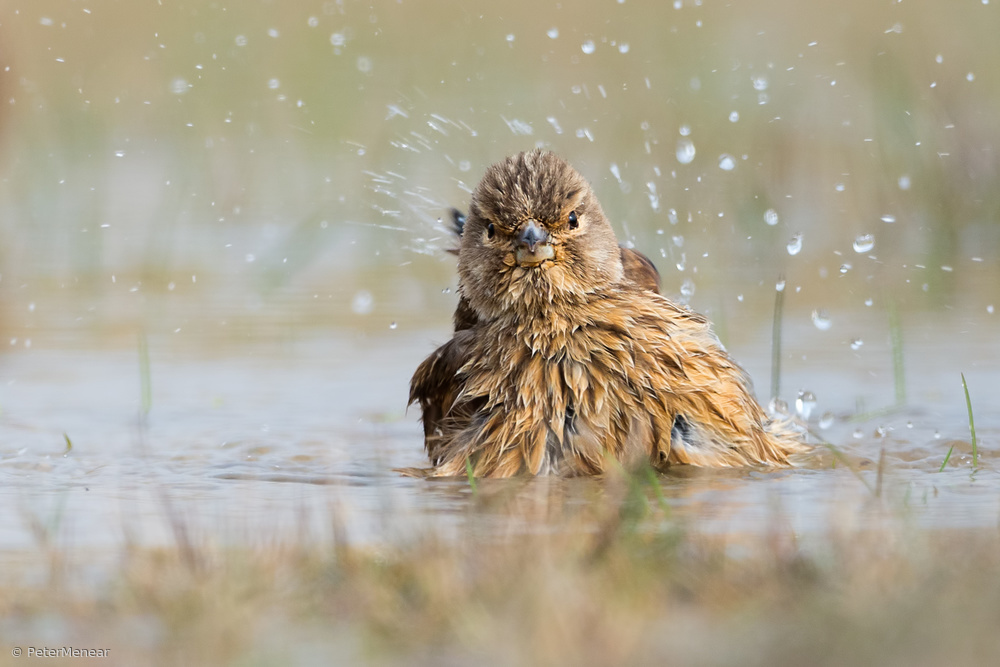
Linnet bathing' by Peter Menear
I will arise and go now, for always night and day
I hear lake water lapping with low sounds by the shore;
'Just Mood' by Meizner
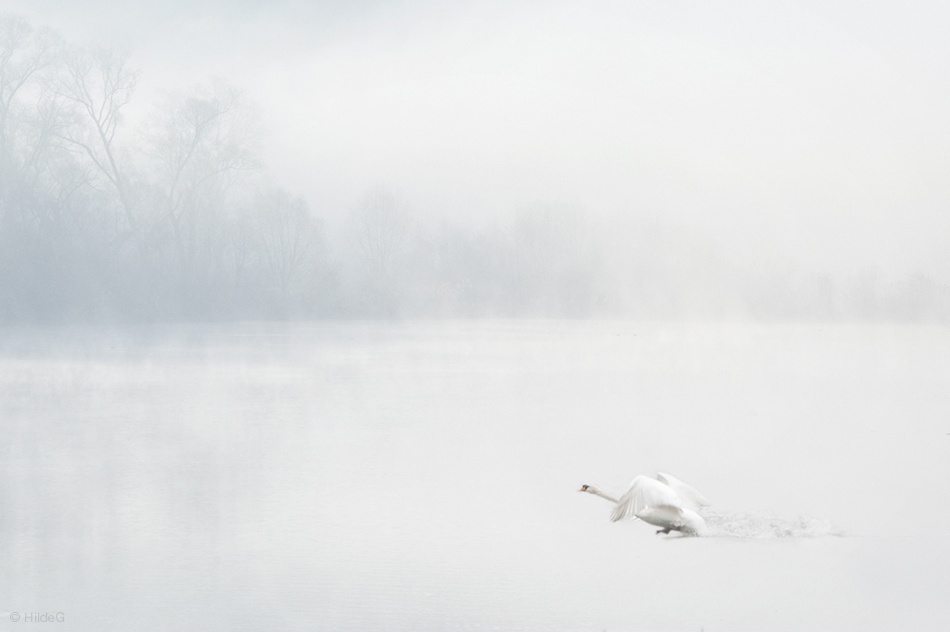
'Waking up' by Hilde Ghesquiere
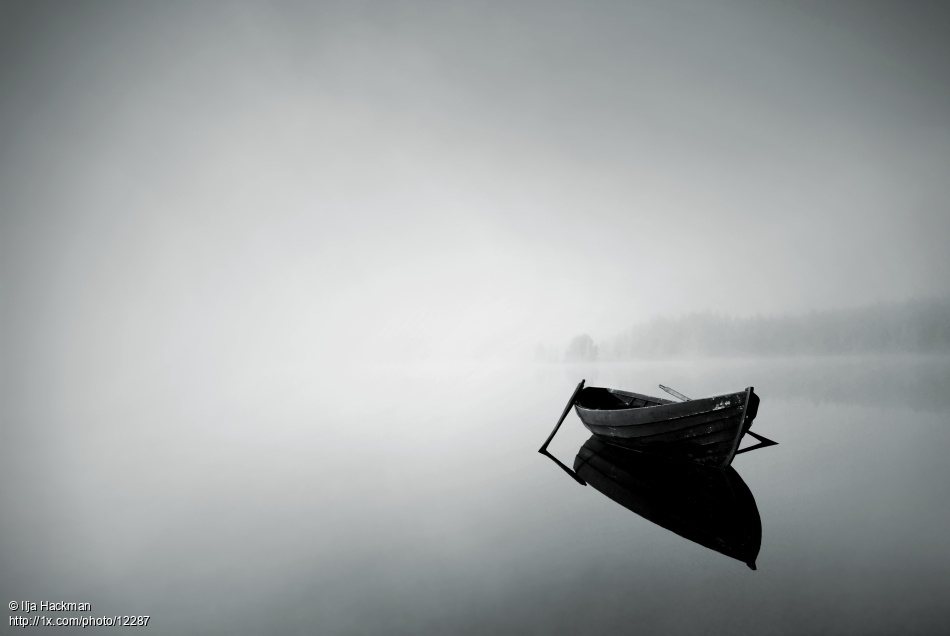 'Drifting..' by IIja Hackman
'Drifting..' by IIja Hackman
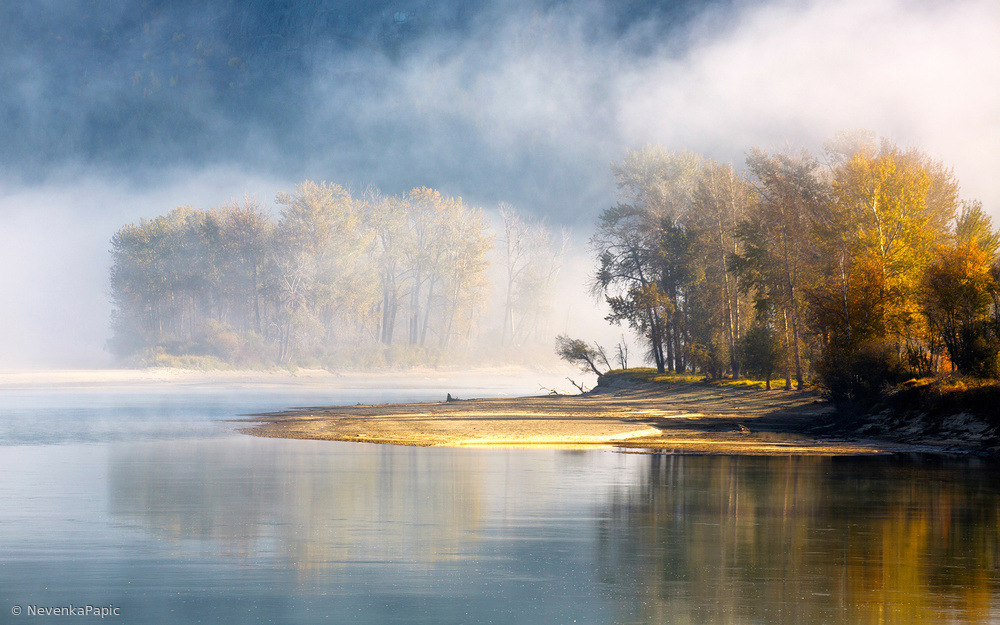
'Misty morning' by Nevenka Papic
While I stand on the roadway, or on the pavements grey,
I hear it in the deep heart’s core.
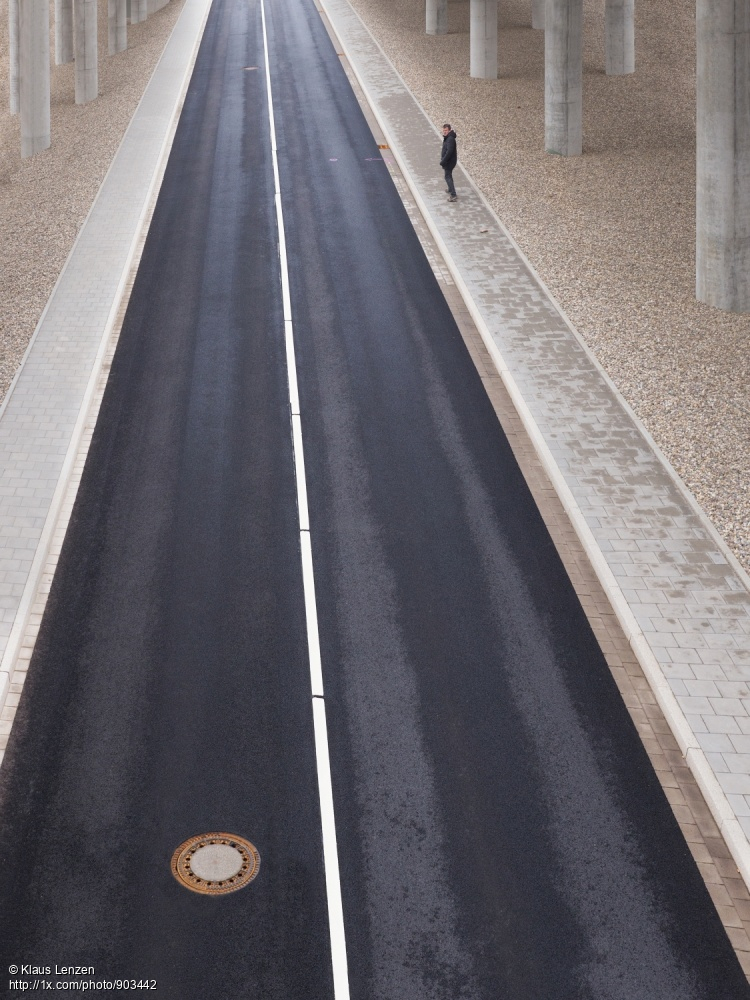 'waiting for' by Klaus Lenzen
'waiting for' by Klaus Lenzen
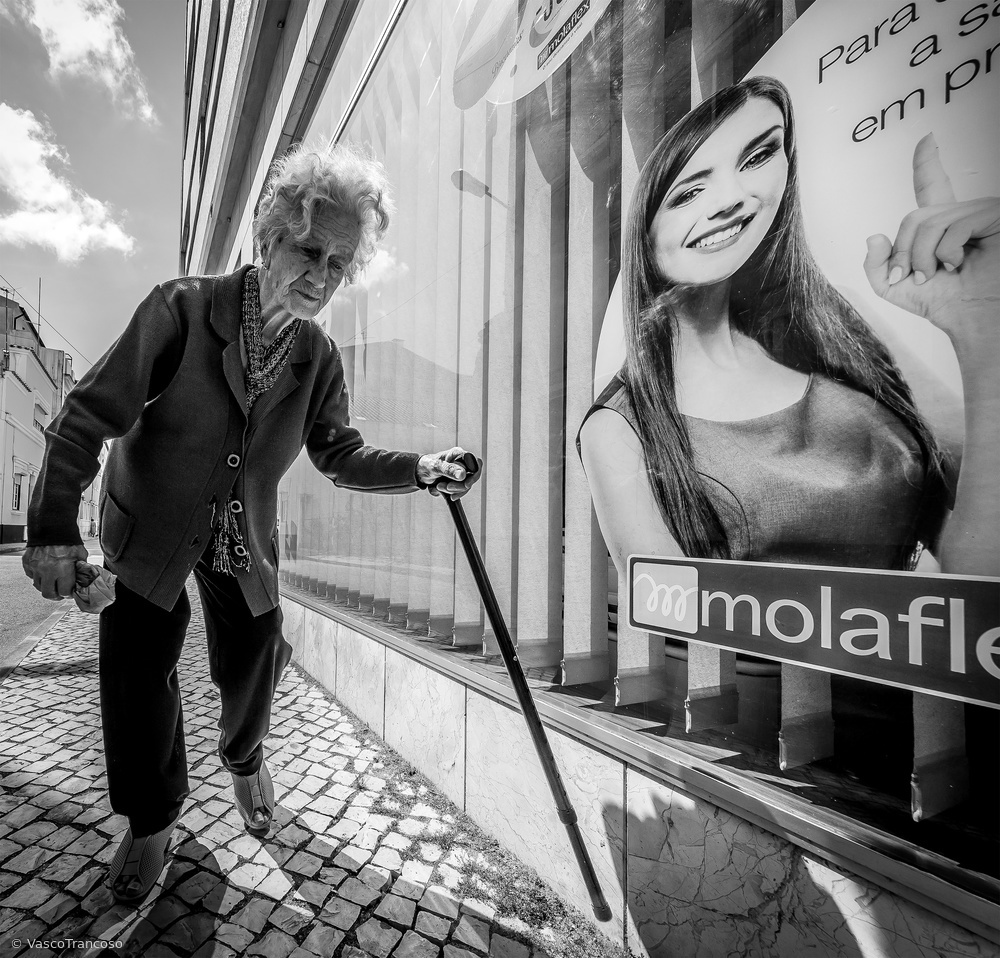
'The Wheel of Life' by Vasco Trancoso
Closure
Hopefully you can feel the person longing for a peaceful place he knew, so beautifully worded in this great poem.... and enjoyed it.
Sources:
Listen to old recordings of Yeats reading The Lake Isle of Innisfree at Penn Sound: http://writing.upenn.edu/pennsound/x/Yeats.php
One of my favourite quotations . . . .
"You will find poetry nowhere unless you bring some of it with you" - Joseph Joubert.